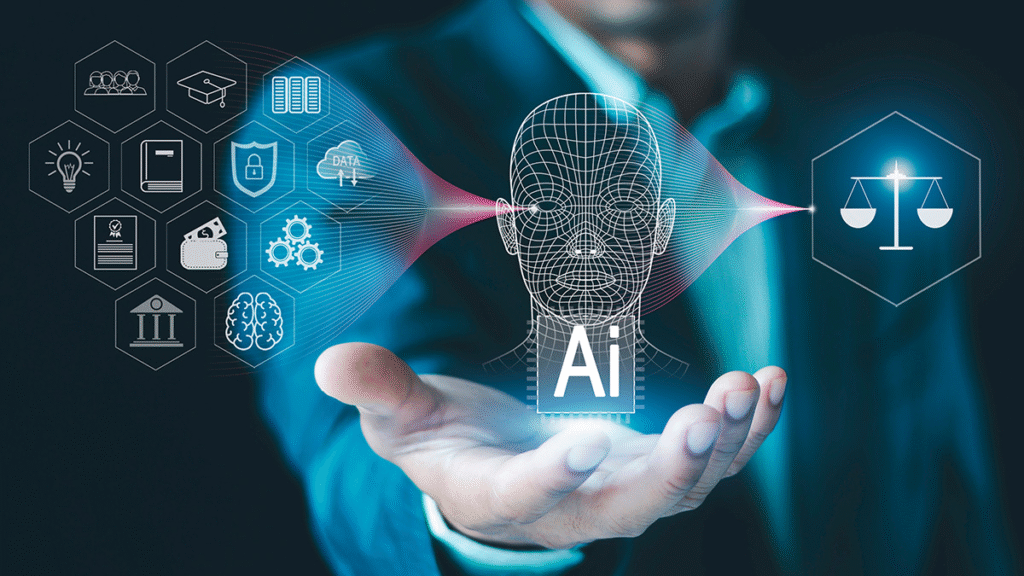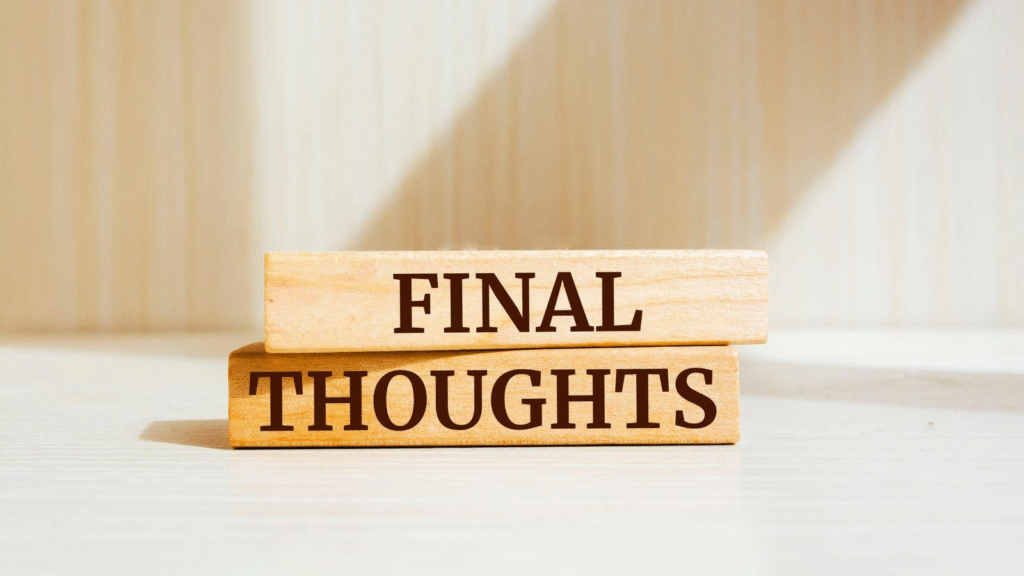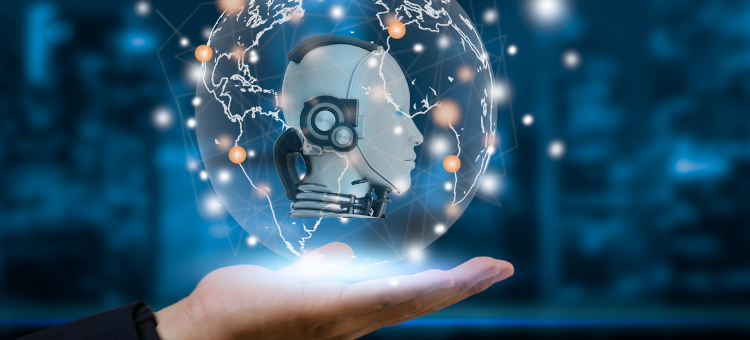AI is everywhere—from the ads we see to how our bank decides credit scores. But as AI gets smarter, the rules around it need to get smarter too. That’s where data science comes in. In this article, we’ll break down how data science is powering AI regulation and governance, in a way that’s easy to follow and fun to read.
Why Should We Care About Regulating AI?
Let’s be honest—AI is moving fast. It can now:
- Approve or deny a loan
- Recommend who gets hired
- Diagnose illnesses
- Even write news articles
That’s a lot of power. And if something goes wrong, it could seriously hurt people.
So how do we keep things fair and safe?
We need smart rules—and data science helps build those rules.
First, What Is Data Science?
Think of data science like a detective toolkit for numbers.
It helps:
- Spot patterns
- Solve problems
- Predict what might happen next
It’s the same tech used by Netflix to recommend movies or by your smartwatch to track your heart rate.
Now, it’s also being used to make AI more understandable, fair, and trustworthy.
Here’s How Data Science Helps Regulate AI

Let’s walk through some real ways data science is powering AI regulation and governance:
1. Spotting Bias in AI Systems
AI models learn from data. But if that data is biased (and it often is), AI can make unfair choices.
Data scientists dig into the data to check for bias.
They look at how an AI treats different groups—like men vs women, or older vs younger people.
Real-world example:
If an AI hiring tool favors male candidates over women, data scientists can find the pattern and fix it.
2. Explaining How AI Makes Decisions
Most AI models work like black boxes. They spit out answers, but we don’t know how they got there.
Data science helps open up that box.
This is called Explainable AI (XAI). It helps people see why an AI made a certain decision.
Example:
A medical AI suggests a treatment. Thanks to XAI, doctors can see which symptoms led to that advice.
3. Protecting Our Privacy
AI often needs a lot of data to work well—sometimes personal data. That creates a privacy risk.
Data scientists use smart techniques to keep our info safe, like:
- Removing personal details
- Training AI without exposing raw data
- Watching for leaks or misuse
Example:
In health research, data scientists can anonymize patient info so the AI can learn without knowing who the patients are.
4. Catching Problems as AI Runs
An AI model might work great when it launches, but that can change over time.
Data science tools help monitor AI in real time, looking for signs that it’s drifting or making bad calls.
Example:
A fraud detection AI might stop working well as criminals change their tactics. Monitoring tools can alert teams before damage is done.
Quick Infographic: How Data Science Helps Govern AI
Making AI More Fair
Fairness sounds simple, but it’s actually hard to define. Data science helps nail it down in different areas.
For example:
- Making sure job applicants get treated the same, no matter their background
- Ensuring loan approvals aren’t biased by race or gender
- Explaining why one person was accepted and another was rejected
Example:
A credit scoring system might give different scores to similar people based on race. Data scientists can test and correct that.
Helping Governments Make Smart Laws
Regulators need solid data to make the right decisions. Data science provides that.
It helps governments:
- Measure AI performance
- Understand risks
- Decide what kinds of rules are needed
Example:
The EU’s AI Act labels AI systems as low, high, or unacceptable risk. Data science helps figure out how risky a system really is.
What’s Happening Around the World?
Here’s a quick look at how different countries are using data science to shape AI regulation:
| 🌍 Region | 🧾 Regulation | 🔧 How Data Science Helps |
| EU | EU AI Act | Risk scoring, transparency checks |
| USA | Algorithmic Accountability | Tracks bias, improves reporting |
| India | DPDP Act | Keeps personal data safe in AI systems |
| Canada | AI and Data Act | Monitors model behavior and fairness |
What’s Next?
AI is only going to get more powerful. That means:
- More decisions made by machines
- More risk if we don’t regulate well
- More need for data scientists who can monitor and explain AI behavior
In the future, we might even see AI systems that help regulate other AIs—with data science running in the background, keeping things in balance.
Final Thoughts

Let’s keep it simple:
Data science is powering AI regulation and governance by helping us understand, explain, and improve AI systems.
Without data science, we’d be flying blind.
With it, we can build smarter laws, safer tools, and better outcomes for everyone.
Frequently Asked Questions
Q1: Why is regulating AI important?
Because AI can impact real lives, like who gets a job or medical help. It needs rules.
Q2: How does data science help?
It checks for bias, explains how AI works, and keeps it in line over time.
Q3: What is Explainable AI?
It’s a way to show how and why an AI made a decision.
Q4: Can AI ever be completely fair?
Probably not 100%, but data science helps it get closer.
Q5: Who regulates AI?
Governments create the laws, but data scientists and tech teams help enforce them.
